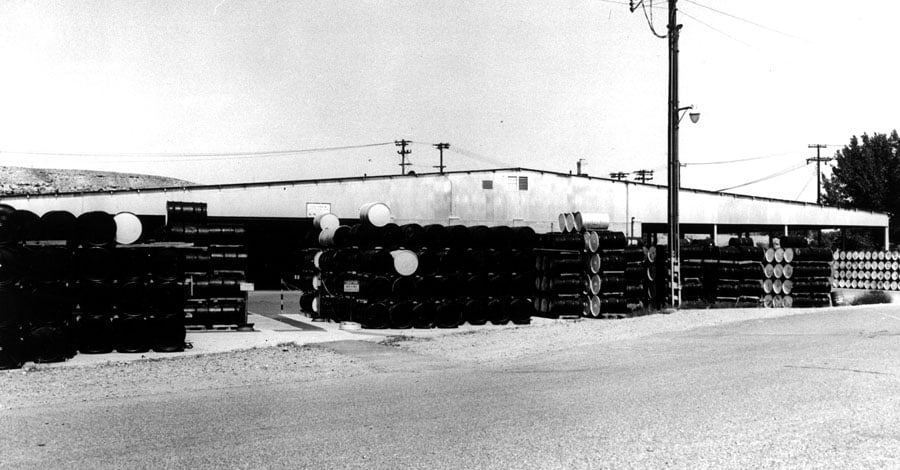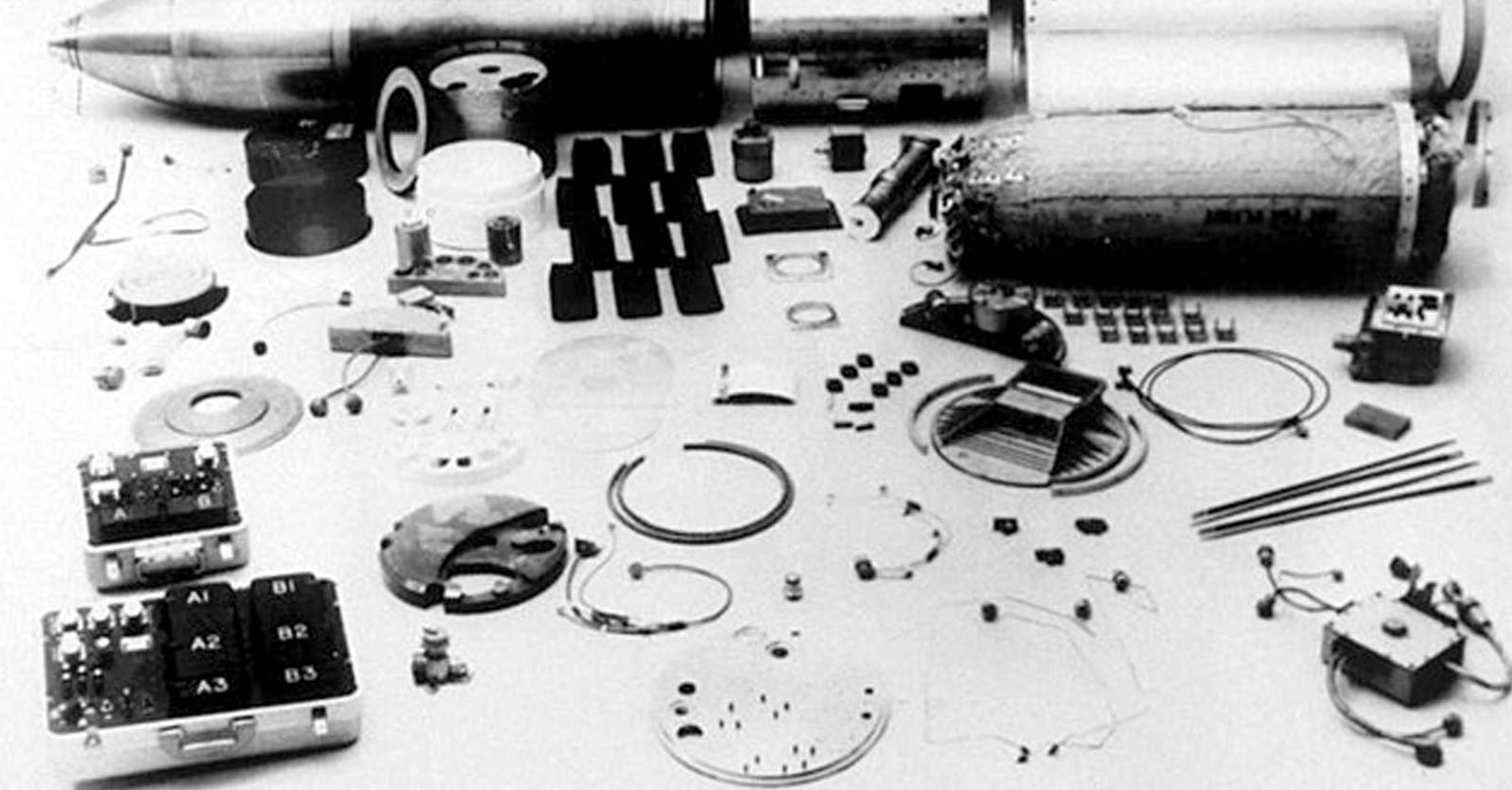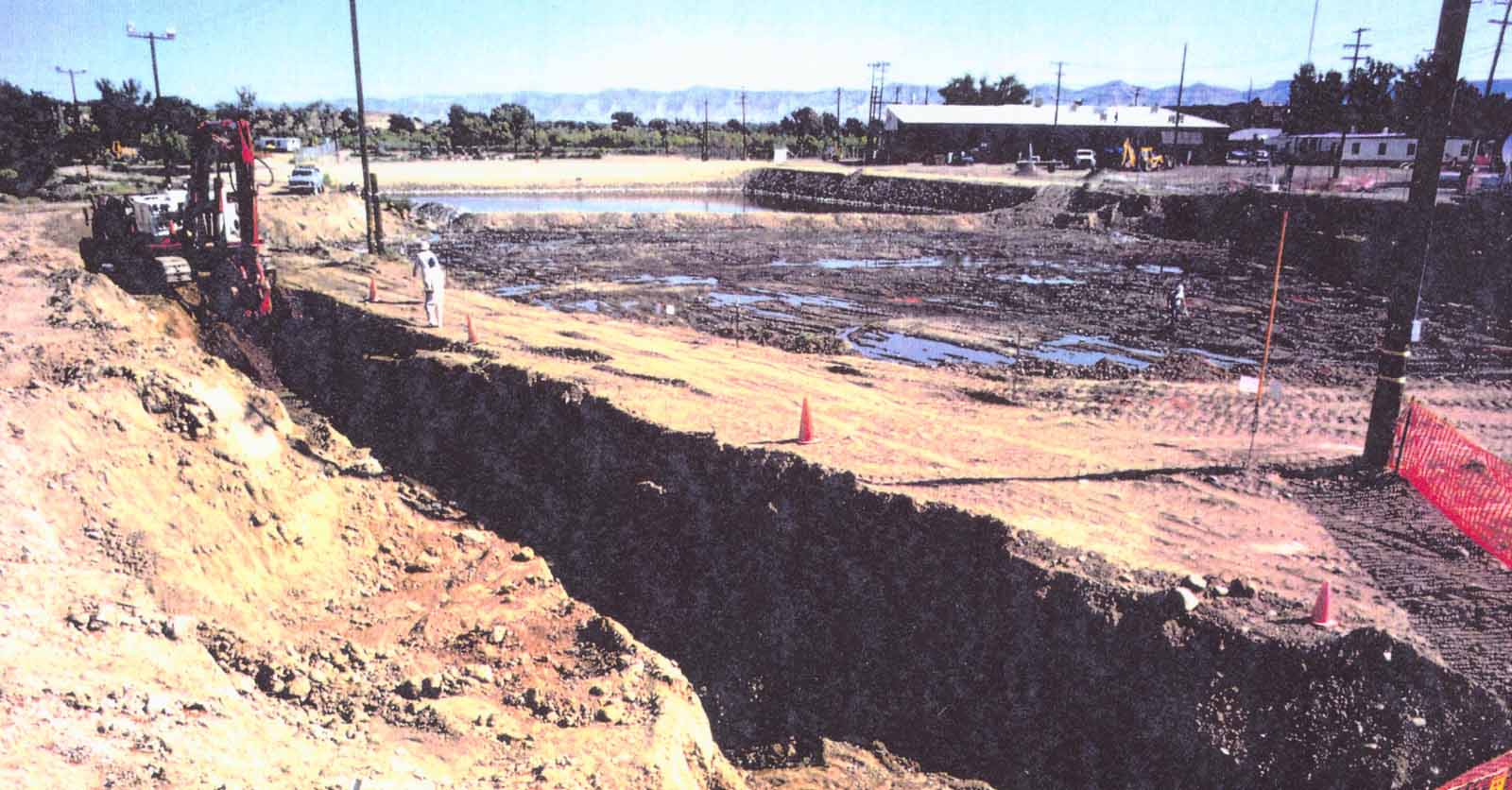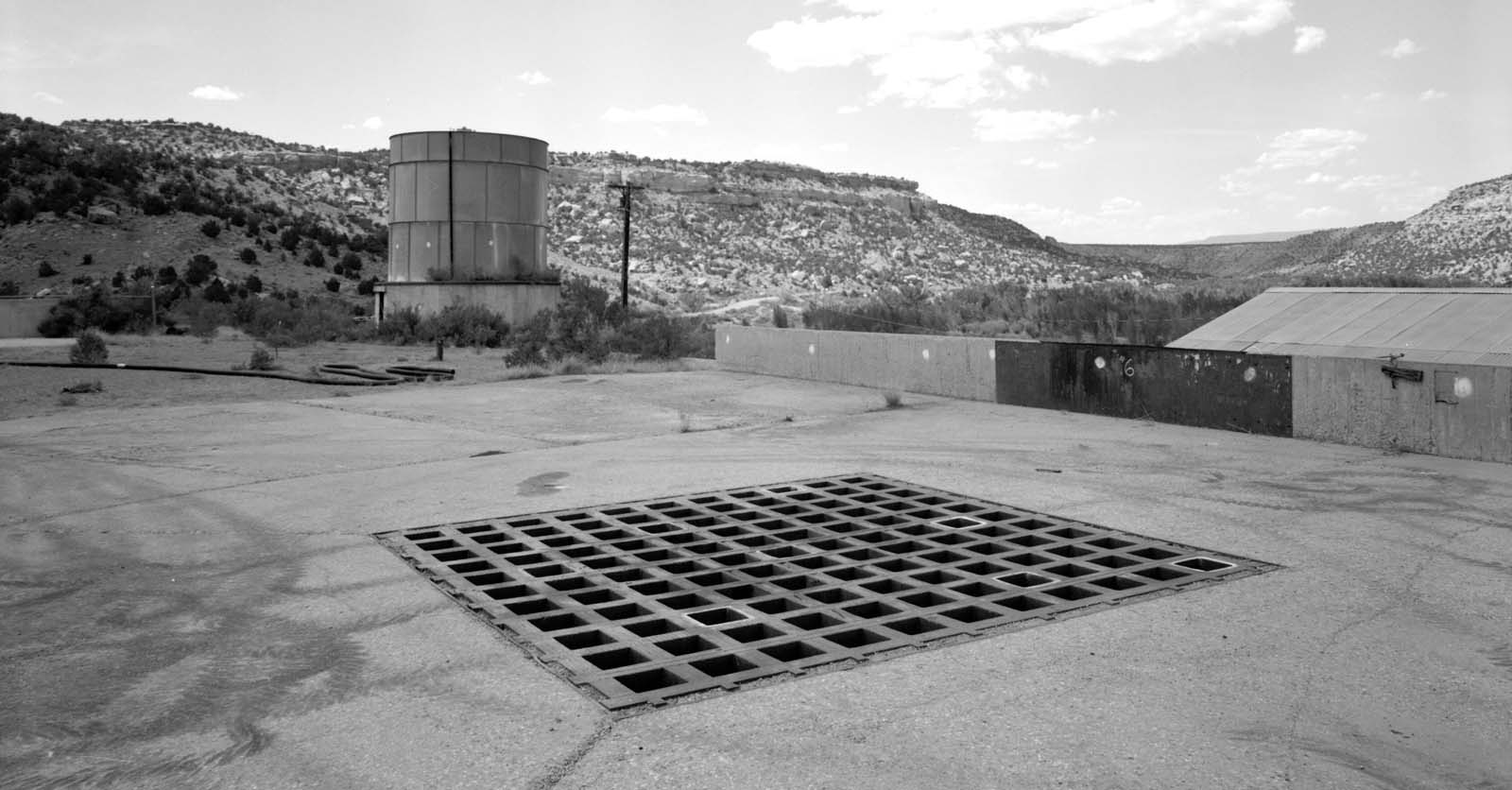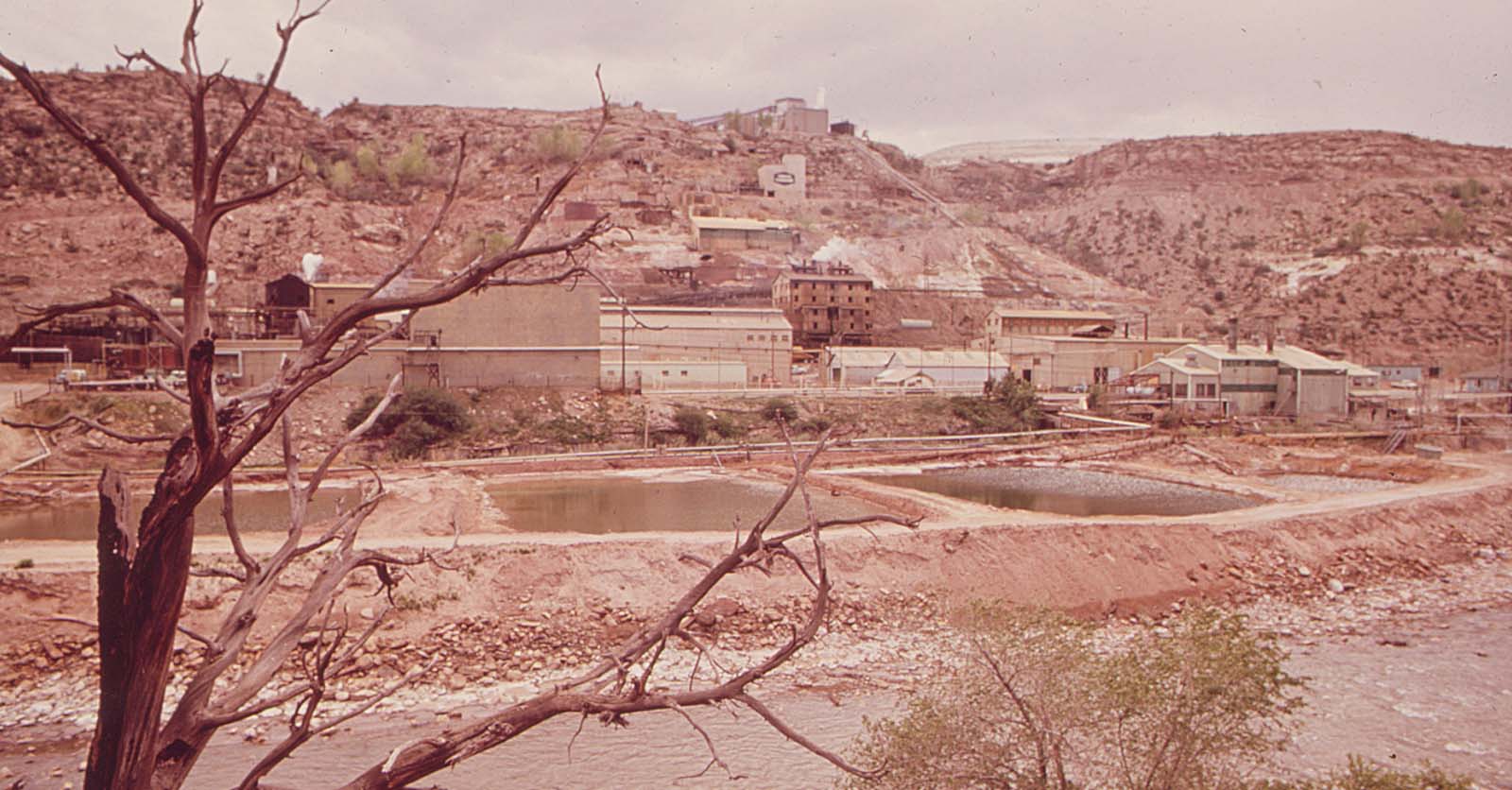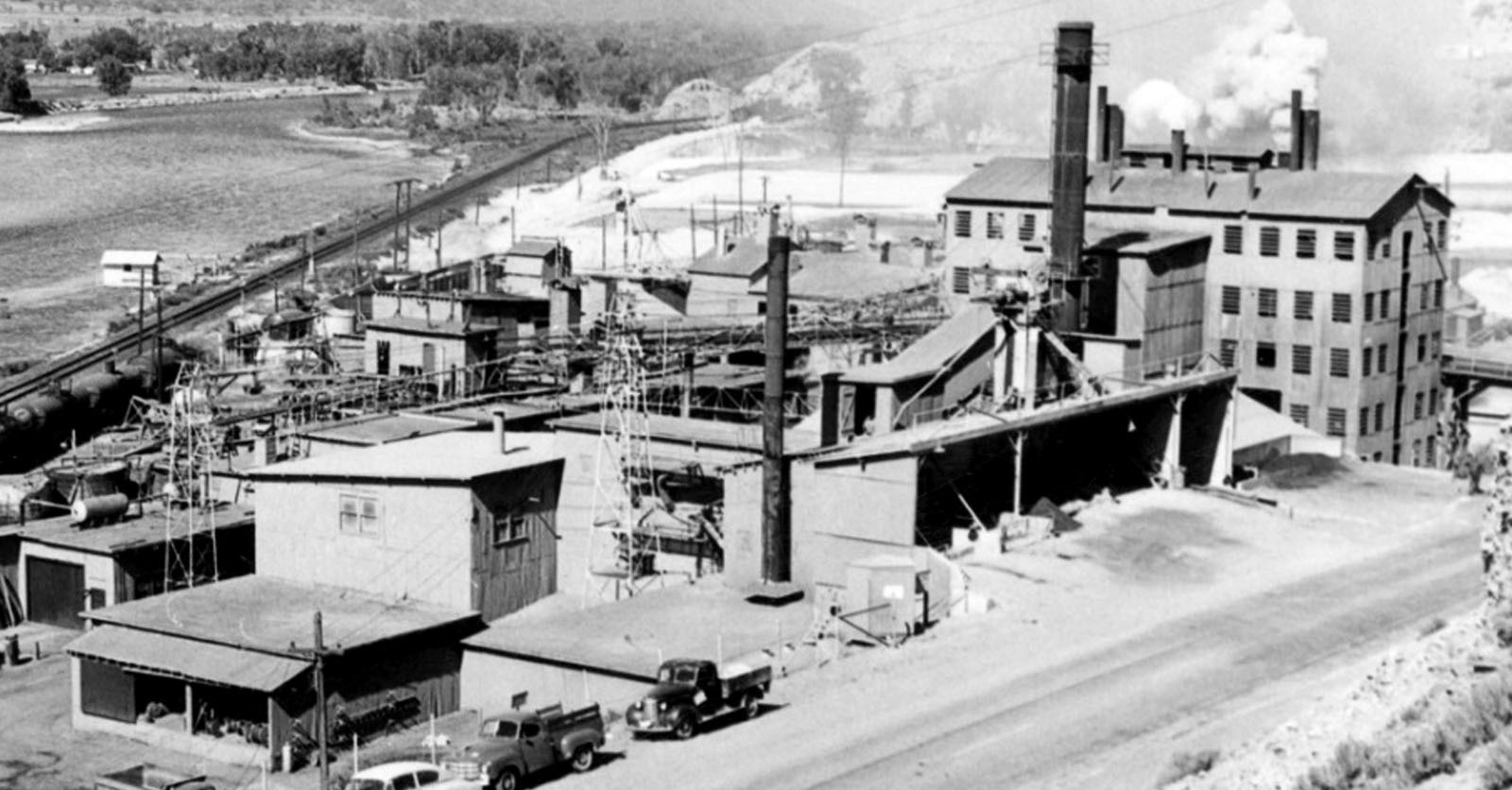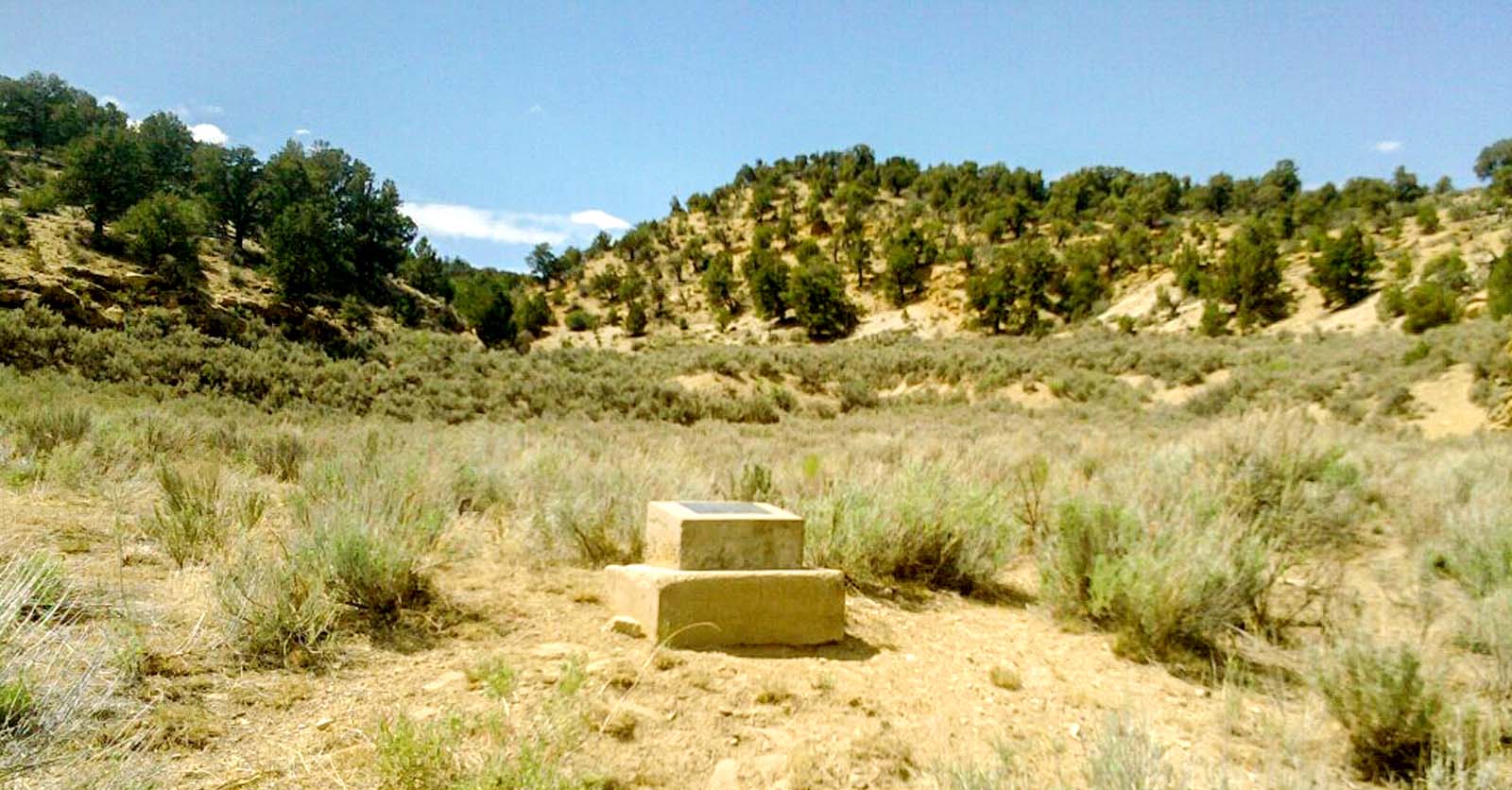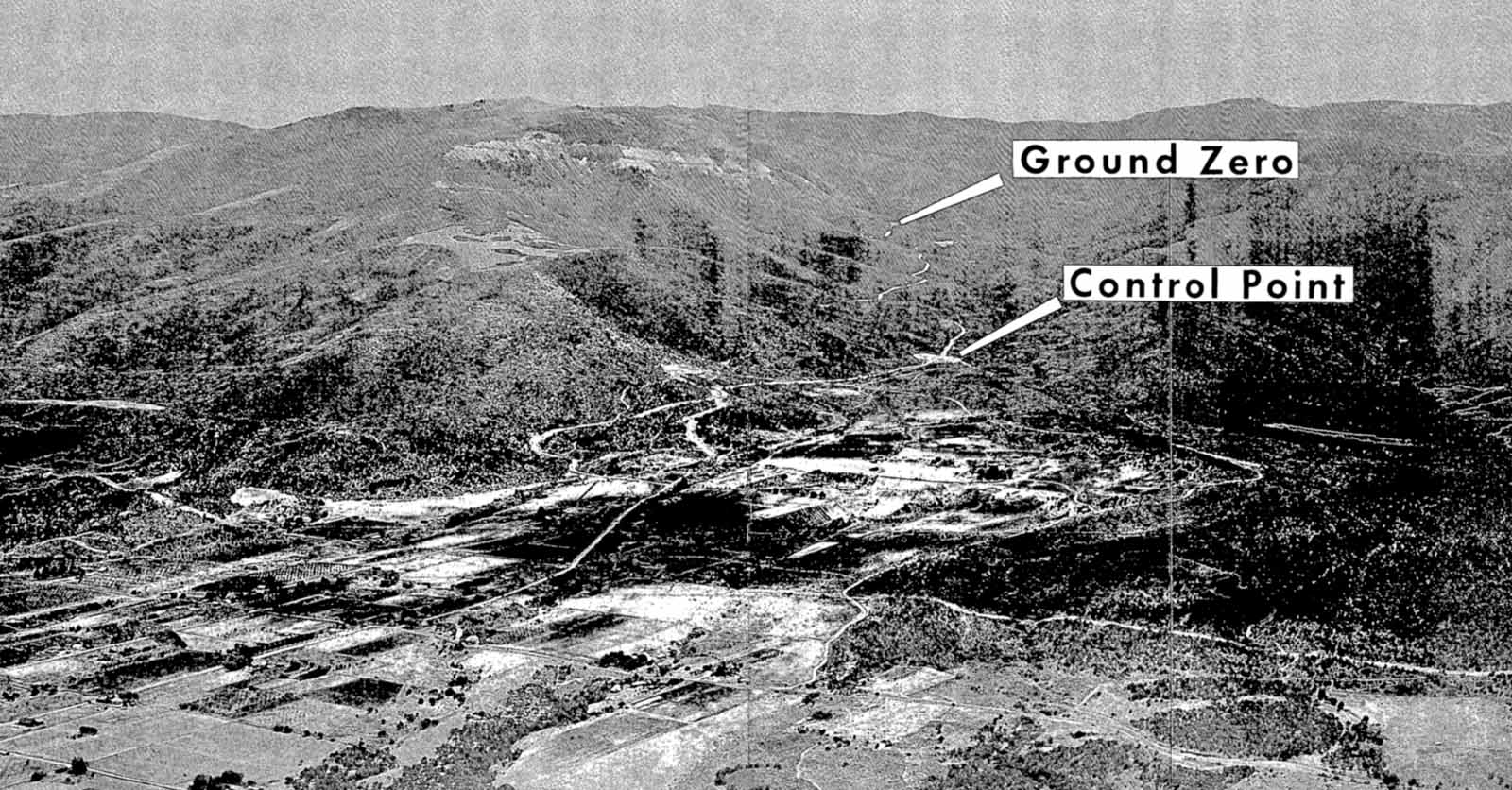6 min read
Rocky Flats Plant: Approved for EEOICPA benefits
![]() Trusted Ally Staff
:
Apr 18, 2025 10:12:07 AM
Trusted Ally Staff
:
Apr 18, 2025 10:12:07 AM
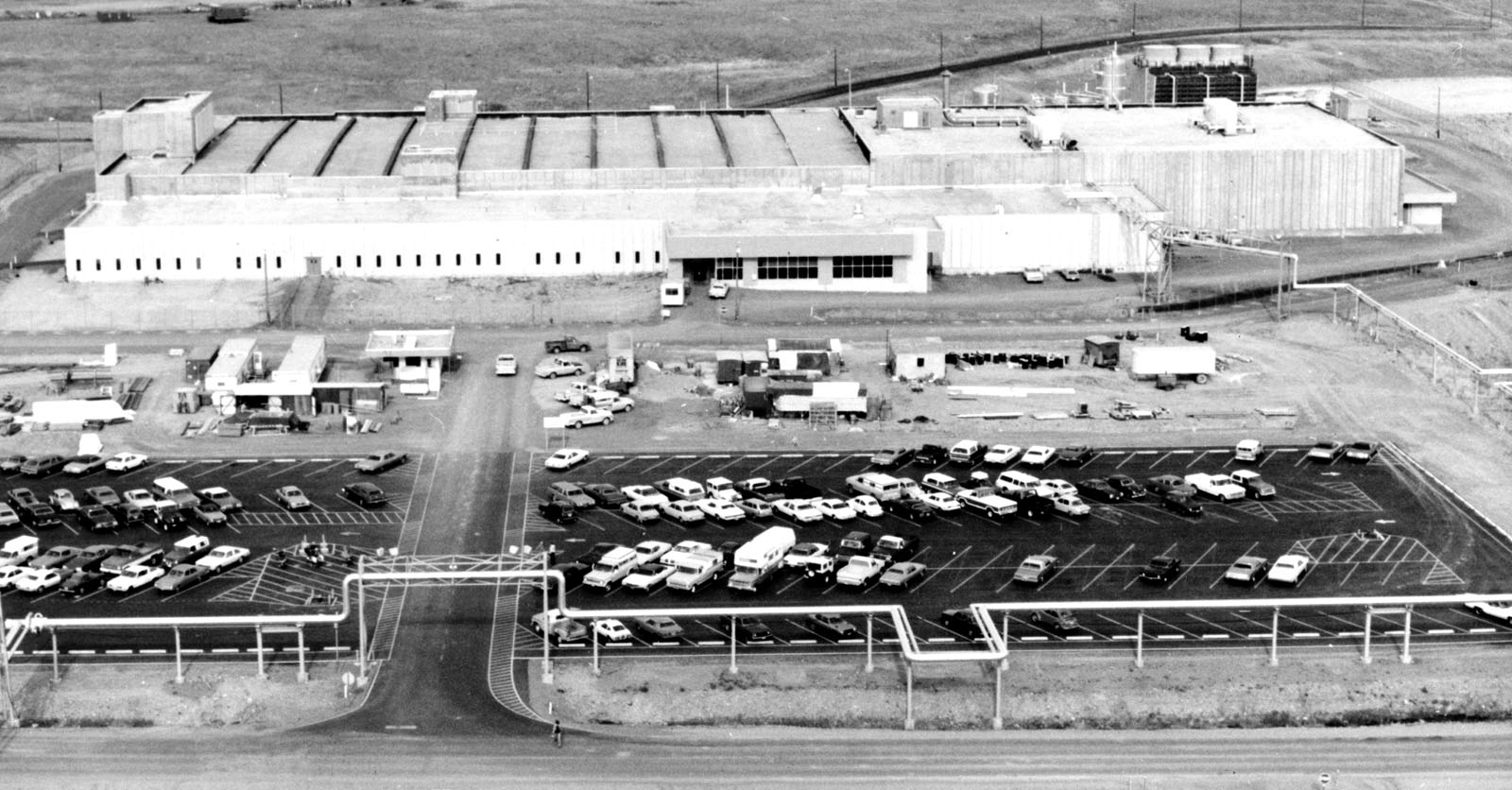
Subscribe to Trusted Ally News
The Rocky Flats Plant is Colorado’s Cold War legacy of nuclear contamination and controversy
Rocky Flats used to be just 16 miles northwest of Denver and was one of the most secretive and hazardous facilities of the Cold War. Operating from the early 1950s to the late 1980s, this sprawling industrial complex was at the heart of nuclear weapons production and its operations led to the release of radioactive and toxic materials into the surrounding environment, including soil and groundwater.
Long after the last plutonium part was manufactured, the site’s toxic legacy endures in the form of health crises, environmental contamination, and ongoing public debate.
The Rocky Flats Plant was established in 1952 by the U.S. Atomic Energy Commission (AEC) and operated by private contractors, including Dow Chemical and later Rockwell International. The plant’s primary mission was to manufacture plutonium triggers (also known as pits) which are the core components of nuclear warheads.
Depending on the source, the facility employed between 8,000 and 10,000 workers during its peak and became one of the most important nuclear weapons production sites in the country. Rocky Flats was also one of the most dangerous because the facility handled large quantities of plutonium-239, a highly radioactive element with a half-life of over 24,000 years.
Over four decades of operation, Rocky Flats experienced numerous accidents, fires, and radioactive leaks which were often shrouded in secrecy.
What did Rocky Flats workers do?
Rocky Flats workers included machinists, engineers, metallurgists, chemists, maintenance crews, janitors, security staff, health technicians, and more. Many of them worked for years under secrecy and unsafe conditions, exposed to radiation and hazardous substances without full knowledge of the risks.
Production and machining jobs:
-
Machinists and Metalworkers were responsible for shaping plutonium, uranium, beryllium, and other materials into nuclear components. They worked in gloveboxes using lathes, mills, and precision tools.
-
Fabrication Technicians assembled components and conducted quality control checks on weapon parts.
-
Glovebox Operators performed tasks involving radioactive materials within sealed containment systems using glove ports.
Chemical and radiological jobs:
-
Chemical Operators handled acids, solvents, and metals used in the purification and processing of plutonium.
-
Health Physicists and Radiation Technicians monitored radiation levels, collected contamination samples, and advised on safety protocols.
-
Plutonium Reclamation Technicians extracted usable plutonium from scrap materials and waste which was one of the most hazardous roles.
Decontamination and waste management jobs:
-
Janitorial and Maintenance Workers cleaned and maintained areas contaminated with radioactive materials, often without knowing the extent of exposure.
-
Waste Handlers processed and transported radioactive waste for storage or off-site shipment.
Inspection and testing jobs:
-
Non-Destructive Testers (NDT) used X-rays and ultrasonic equipment to inspect metal parts for flaws without damaging them.
-
Quality Assurance Inspectors ensured that all components met stringent military and nuclear standards.
Support and security jobs:
-
Security Personnel guarded the facility, protected classified materials, and enforced safety zones.
-
Administrative and Clerical Workers handled records, inventory tracking, and classified documentation.
-
Medical Staff provided basic health services and tracked employee exposures although many reports were incomplete or suppressed.
Other common jobs were electricians, pipefitters, HVAC technicians, engineers (mechanical, chemical, nuclear), truck drivers and material handlers.

Rocky Flats Plant workers checking in for work in the clock room in 1967.
Toxic secrets and environmental disasters
Rocky Flats developed a reputation for unsafe working conditions and poor environmental practices. The plant handled plutonium in gloveboxes meant to contain contamination, but over the years, accidents, fires, and routine releases of radioactive materials contaminated both the workers and the surrounding land.
Major incidents at Rocky Flats:
-
1957 plutonium fire: A glovebox fire released radioactive particles into the atmosphere.

Map of the plutonium plume from the 1957 fire at Rocky Flats.
-
1969 fire: A more serious fire nearly led to catastrophic release of plutonium dust.
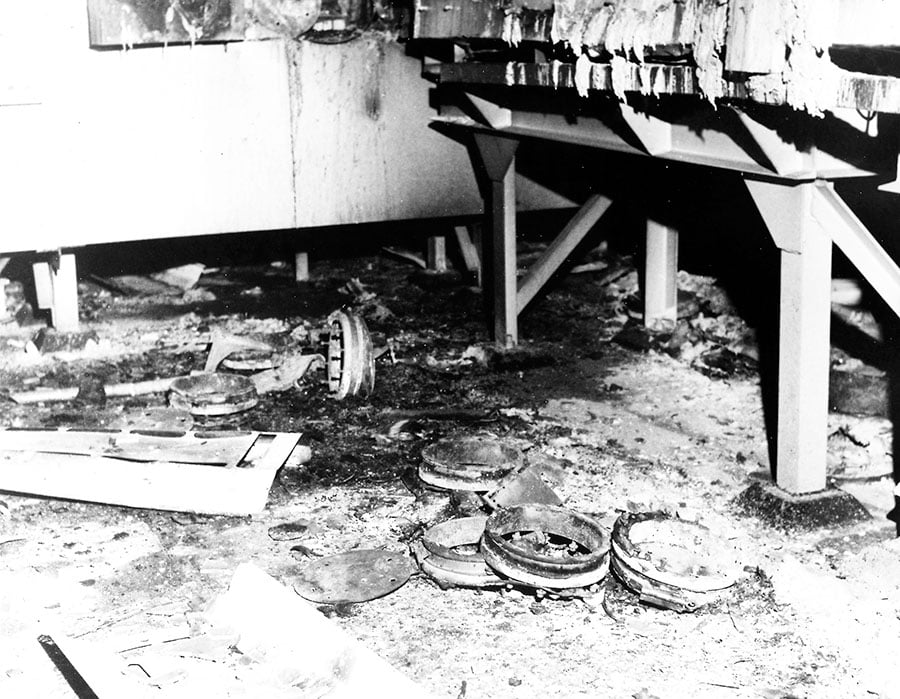
Debris around the base of a glovebox destroyed by the 1969 plutonium fire at Rocky Flats.
-
Ongoing leaks: Plutonium and other radioactive materials were leaked into the soil, water, and air for decades.
These events were often kept secret from the public and even from many employees until years later. Investigations later revealed systematic failures to comply with safety regulations and intentional cover-ups by plant managers.
FBI raid and shutdown
In 1989, the FBI and EPA conducted a surprise raid on Rocky Flats, uncovering extensive environmental violations, illegal waste disposal practices, and falsified safety records.
This led to massive public outcry and the complete shutdown of production. A federal grand jury investigation resulted in a $18.5 million settlement with Rockwell International.
Production officially ended in 1992, and Rocky Flats was repurposed as a cleanup and environmental management site.
Adverse health effects among workers
1. Radiation-related illnesses
The most dangerous substance at Rocky Flats was plutonium-239 and workers were often exposed through inhalation or contact with contaminated surfaces, especially during accidents, spills, or improper waste handling often resulting in:
-
Lung cancer – often caused by inhalation of plutonium dust particles.
-
Bone cancer – due to plutonium’s tendency to lodge in bone tissue.
-
Liver cancer – from internal contamination by radioactive materials.
-
Multiple myeloma and leukemia – associated with prolonged radiation exposure.
2. Chemical exposure and toxicity
In addition to radioactive materials, Rocky Flats workers handled a variety of toxic substances, including beryllium, solvents, acids, and heavy metals often resulting in:
-
Chronic Beryllium Disease (CBD) – an incurable and potentially fatal lung disease caused by inhaling beryllium dust.
-
Skin conditions – including chemical burns, rashes, and dermatitis.
-
Liver and kidney damage – due to exposure to solvents like trichloroethylene (TCE) and perchloroethylene (PCE).
-
Neurological disorders – including memory loss, tremors, and chronic fatigue, likely linked to long-term solvent exposure.
3. Reproductive and developmental issues
Several studies and anecdotal reports suggest increased rates of:
-
Miscarriages and stillbirths among female workers.
-
Birth defects in the children of Rocky Flats employees.
-
Infertility in men and women due to radiation and chemical exposure.
4. Mental and emotional health impacts
-
Anxiety and depression have been common among former workers dealing with chronic illness, uncertainty, and limited access to medical records or compensation.
-
Many felt betrayed or neglected by the government and contractors who operated the plant, especially after revelations of safety violations and cover-ups.
Government response and cleanup efforts
The cleanup efforts at Rocky Flats were among the most extensive and controversial environmental remediation projects in U.S. history. After the facility was shut down in 1992, a massive, decade-long cleanup operation aimed to address decades of radioactive contamination and chemical waste.
The cleanup timeline
1. Assessment and planning (1992–1995)
-
Rocky Flats was designated a Superfund site by the EPA.
-
The DOE began environmental assessments and risk analyses.
-
Community and government agencies formed the Rocky Flats Citizens Advisory Board.
2. Active cleanup (1996–2005)
-
Conducted by Kaiser-Hill Company under DOE contract.
-
Over 800 structures demolished, including highly contaminated production buildings.
-
Removed over 21 tons of weapons-grade plutonium, more than 100 tons of uranium and 500,000+ cubic meters of radioactive waste that was shipped to sites like the Waste Isolation Pilot Plant (WIPP) in New Mexico.
-
Decontaminated or stabilized thousands of acres of contaminated soil.
-
Treated or contained contaminated groundwater, especially around the Solar Ponds and Industrial Area.
3. Final phases (2005–2007)
-
DOE certified most of the site as remediated to industrial or ecological standards.
-
Cleanup was declared complete in 2005, and the Rocky Flats Environmental Technology Site was officially closed.
-
In 2007, most of the land was transferred to the U.S. Fish and Wildlife Service to become the Rocky Flats National Wildlife Refuge.
Cost and scale
-
Total cost: Over $7 billion
-
Cleanup area: Approximately 6,000 acres
Ongoing monitoring
-
The DOE Office of Legacy Management oversees long-term surveillance and maintenance.
-
Groundwater treatment systems are still operating.
-
Soil, air, and water are regularly tested, and findings are published annually.
Community impact and controversies surrounding Rocky Flats
Despite the cleanup, many concerns remain with groups like the Rocky Flats Downwinders and Candelas Glows which formed in response to the Candelas housing development near the Superfund site.
Read our blog: Is Rocky Flats really safe now? What Colorado residents should know
Residual contamination
-
Critics argue plutonium particles remain in the soil, especially in the former buffer zone and construction areas.
-
A 2019 soil sample from near the site tested positive for plutonium above background levels, reigniting fears.
Public access debate
-
The Rocky Flats National Wildlife Refuge opened to the public in 2018.
-
Several school districts and community groups banned field trips to the refuge, citing health concerns.
-
Some environmental groups continue to advocate for keeping the area closed indefinitely.
Incomplete transparency
-
Accusations persist that the DOE and contractors downplayed risks and overstated cleanup success.
-
Community members and former workers have called for independent testing and greater accountability.
New documentary is opening eyes
A new documentary about Rocky Flats is getting attention by those who have moved to the area without any knowledge of what happened there. Screenings of Jeff Gipe's “Half-Life of Memory: America's Forgotten Atomic Bomb Factory" in November 2024 resulted in a packed theater of concerned residents who live in the area.
“And I just want to point out that whenever a government actor says Rocky Flats is safe or whatever, just know that ‘safe’ is not a word in the lexicon of Superfund, OK? It doesn't exist. They're lying to you.” — former FBI agent Jon Lipsky who led the raid of Rocky Flats in 1989
Approved for EEOICPA White Card benefits
The Rocky Flats Plant is an approved facility for The Energy Employees Occupational Illness Compensation Program or the EEOICPA White Card Program and has been designated as a Special Exposure Cohort (SEC) facility. This is a defined category of employees established under EEOICPA. The SEC is comprised of classes of employees who have at least one of the 22 SEC cancers and have worked for a specific period of time at one of the SEC facilities. Claims compensated under the SEC do not have to go through the dose reconstruction process, as is required for other cancer claims covered by EEOICPA.
As of April 2025, Rocky Flats Plant workers have received over $1.1 billion in EEOICPA settlements and medical bills paid.
Let us check if you or a loved one qualifies for up to $400,000 plus free medical care in the comfort of home.
Your pathway to care starts with Trusted Ally Home Care. Get started today and let us guide you through the process of receiving the care you or a loved one deserves.







